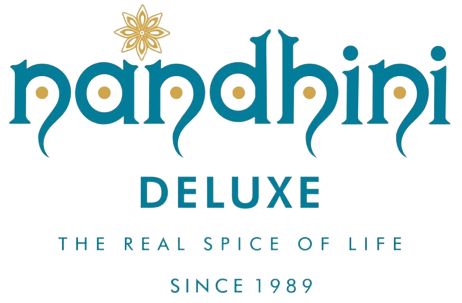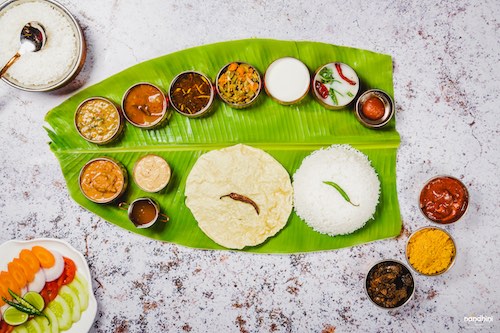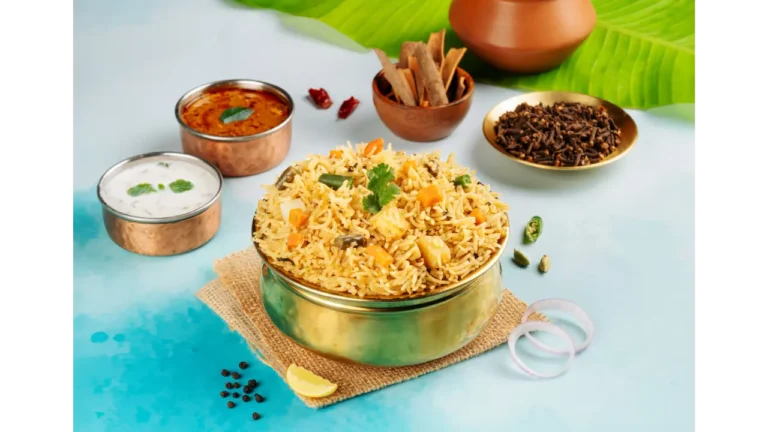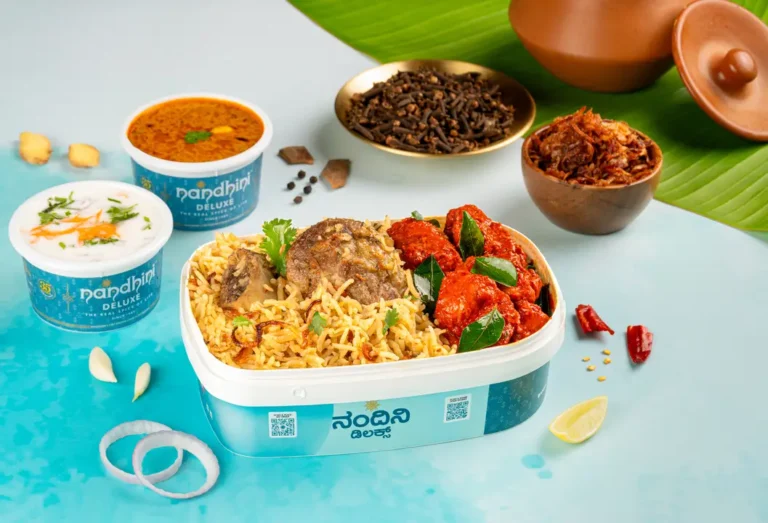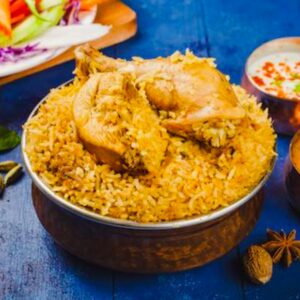Introduction: Why Millets Deserve a Comeback in Andhra Cuisine
If you’ve ever had a bowl of warm ragi sangati or tasted a rustic jowar roti with spicy pappu, you’re already familiar with how deeply millets are rooted in Andhra cuisine. These tiny grains were once the everyday staple in many Andhra homes, especially in the dry belts of Rayalaseema and tribal regions.
But over time, rice took over the plate, and millets slowly disappeared from urban meals. Now, thanks to rising awareness about gut health, diabetes, and sustainable eating, millets are making a strong comeback—not just in organic stores, but also in traditional Andhra kitchens and restaurants.
From ragi and bajra to foxtail and little millet, these ancient grains are loaded with fiber, minerals, and slow-releasing energy. They’re easy to digest, kind to the environment, and full of flavor. The best part? They already have a home in Andhra cooking. You just have to know where to look.
Quick Takeaways: Why Millets Belong on Every Andhra Plate
- Millets like ragi, foxtail, and bajra were staple ingredients in traditional Andhra meals before rice took over.
- They’re naturally gluten-free, rich in iron, calcium, and fiber, and help manage blood sugar levels.
- Popular Andhra dishes made with millets include ragi sangati, millet upma, and foxtail millet pulihora.
- Millets are especially common in Rayalaseema cuisine and tribal Andhra regions.
- Restaurants like Nandhini in Bengaluru are bringing back these ingredients with millet-based thalis and side dishes.
- Including millets in Andhra meals supports local farmers, reduces water usage, and boosts health naturally.
Table of Contents
Millets: The Nutrient-Rich Core of Andhra Cooking
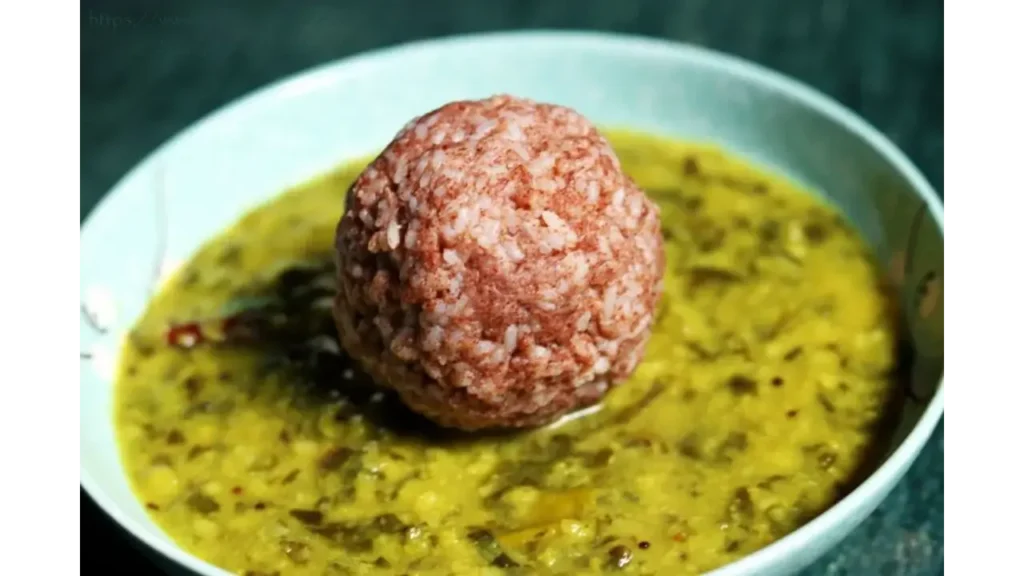
Millets may be small, but they pack a nutritional punch that rivals—and often beats—modern grains like rice or wheat. That’s one reason they’ve long been trusted in Andhra kitchens, especially where the land is dry and the people work hard.
Let’s break down what makes them special:
- Ragi (finger millet) is loaded with calcium and iron, making it perfect for bone strength and anemia prevention.
- Foxtail millet (korra) is low in glycemic index, which helps control blood sugar levels—a big plus in diabetic-friendly diets.
- Bajra (pearl millet) is rich in magnesium and potassium, great for heart health and overall energy.
- Little millet (samalu) supports digestion and weight loss thanks to its high fiber content.
These grains aren’t new to Andhra meals—they’re just waiting to be brought back into the spotlight. Millets were once an everyday food, especially in areas where rice was too expensive or hard to grow. Now, with people actively seeking high-fiber, gluten-free, low-GI food options, millets feel more relevant than ever.
Millet Traditions in Rayalaseema and Beyond
If you want to see where millets and Andhra cuisine naturally intersect, look no further than Rayalaseema. This dry, hot region in southern Andhra Pradesh has long relied on hardy crops like ragi and jowar. One of the region’s most iconic dishes, ragi sangati, is a millet-based staple paired with pappu (dal), spicy chutneys, or country chicken curry.
Tribal and rural areas across Telangana and north coastal Andhra also have rich millet traditions. You’ll find families making rotis with bajra or jowar flour, cooking millet upma with vegetables, or mixing foxtail millet into lemon rice-style dishes during fasting days or festivals.
The beauty of these recipes is that they’re not complicated—they’re smart. They use local grains, seasonal vegetables, and simple techniques to create meals that are deeply nutritious and flavorful.
At restaurants like Nandhini in Bangalore, these traditional influences are honored in dishes like Ragi Sangati with Natu Kodi Pulusu—a fiery, protein-packed combo that brings both nostalgia and nourishment to your table.
Traditional Andhra Millet Dishes You Should Try
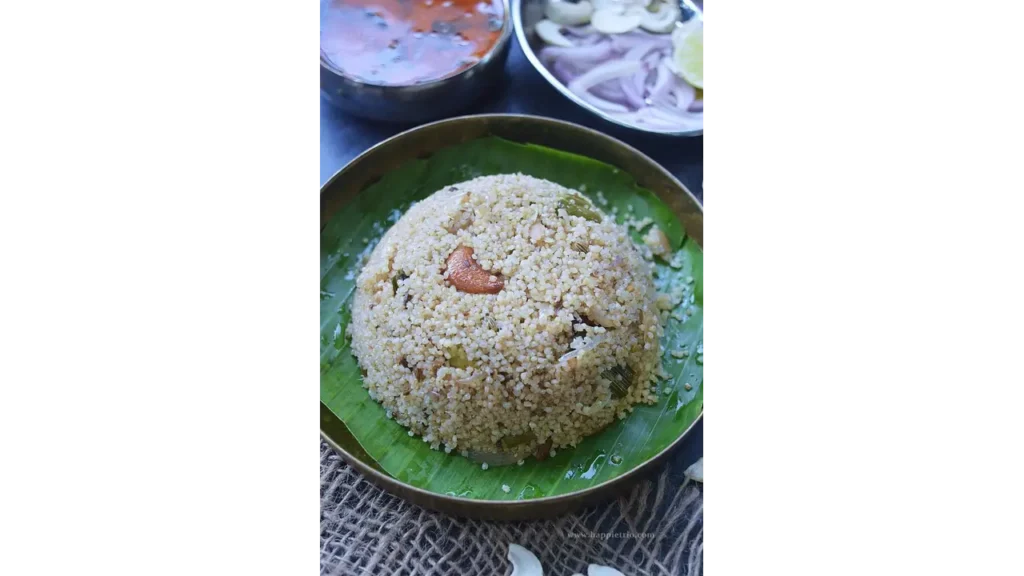
Millets aren’t just healthy—they’re tasty and incredibly versatile in traditional Andhra cooking. They blend seamlessly into daily meals and festive dishes alike, bringing a distinct texture and earthiness that rice often can’t match.
Here are some of the most loved millet-based Andhra dishes:
- Ragi Sangati – A soft ball of finger millet flour and rice, typically served with pappu, chutney, or spicy country chicken curry (Natu Kodi Pulusu). It’s especially popular in Rayalaseema.
- Foxtail Millet Pulihora (Korra Pulihora) – A tangy twist on lemon rice, using foxtail millet instead of rice. Light, flavorful, and easy to digest.
- Millet Upma – A wholesome breakfast dish made with barnyard or little millet, tempered with curry leaves, mustard seeds, and green chilies.
- Bajra or Jowar Roti – Thick rotis made from bajra or jowar flour, often eaten with pachadi (chutney) or vegetable curry.
- Millet Pesarattu – A dosa variation using green gram and millets for a protein-rich, fiber-heavy start to your day.
These dishes are simple to prepare and incredibly filling. You’ll find many of them making a comeback not only in Andhra homes but also in urban kitchens and health-focused restaurants across cities like Bangalore.
Top Health Benefits of Millets in Andhra Lifestyle
When it comes to functional food, millets check every box—and that’s exactly why they played such a key role in traditional Andhra diets.
Here’s how they support better health, especially in the context of a spicy, rice-heavy cuisine like Andhra’s:
- Better digestion – Thanks to their high fiber content, millets support gut health and regular bowel movement.
- Lower blood sugar spikes – With a naturally low glycemic index, millets help prevent sugar crashes and are ideal for those with diabetes or insulin resistance.
- Heart health – Rich in magnesium and potassium, millets help manage blood pressure and reduce the risk of cardiovascular issues.
- Weight management – Their slow-digesting nature keeps you full longer, reducing the urge to snack.
- Bone strength – Ragi, in particular, is a powerhouse of calcium and is especially useful for children, women, and the elderly.
These health benefits are not theoretical—many people in Andhra’s rural belts lived off millet-based diets for decades, often without the modern health issues common today.
And as more restaurants—like Nandhini in Bangalore—start weaving these grains into their daily menus, diners have an easy, delicious way to return to a time-tested way of eating.
Millets and Sustainability in Andhra Agriculture
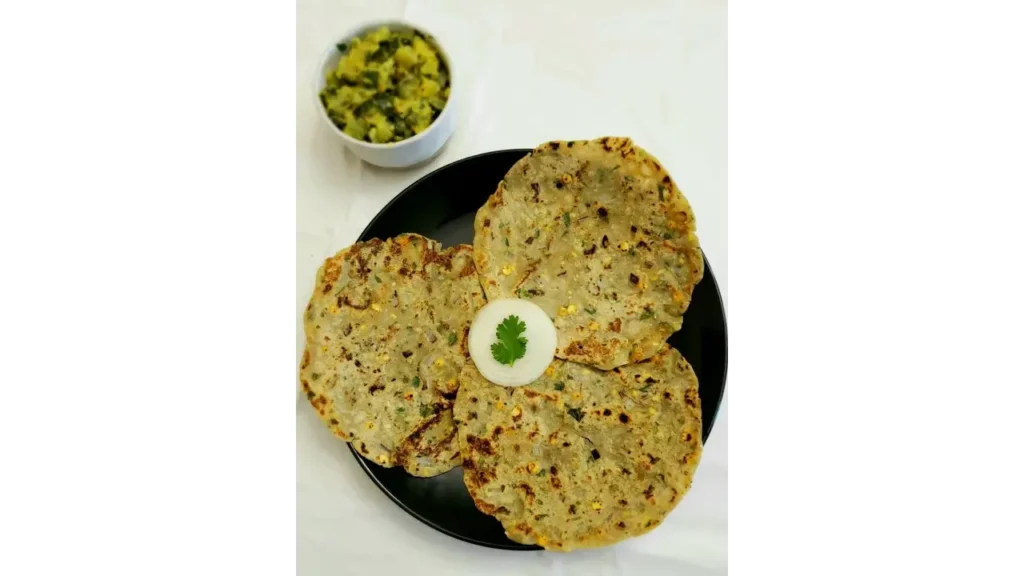
Millets aren’t just good for you—they’re good for the planet. One of the reasons they historically grew across Andhra Pradesh is because of how well they adapt to the region’s tough climate.
Many districts in Andhra, particularly Rayalaseema and parts of Telangana (formerly under unified Andhra), face frequent droughts, low rainfall, and poor soil conditions. Millets thrive in these exact environments, unlike water-hungry crops like rice or sugarcane.
Here’s why millets are considered climate-smart:
- They need less water, sometimes 30–40% less than paddy fields.
- They don’t require chemical fertilizers and grow well with minimal input.
- They offer short harvest cycles, making them ideal for smallholder farmers.
- Their deep root systems improve soil structure and reduce erosion.
By bringing millets back into everyday meals, we’re not just improving nutrition—we’re supporting Andhra’s rural farming communities and reducing strain on our natural resources.
How Nandhini Brings Millets into Its Andhra-Style Meals
If you’re looking to enjoy millets without the hassle of cooking them yourself, Nandhini’s Andhra restaurants in Bengaluru are a great place to start.
Across their outlets, they’ve introduced a thoughtful blend of traditional millet dishes and modern twists, all while staying rooted in Andhra flavors. Here’s what you’ll often find on the menu:
- Ragi Sangati with Natu Kodi Pulusu – A classic Rayalaseema pairing that’s both hearty and high-protein.
- Millet Upma or Pongal – Available during breakfast or as part of their vegetarian thali combos.
- Foxtail millet lemon rice – A light, lunch-friendly dish that substitutes rice with korra (foxtail millet) for better digestion.
- Jowar rotis served with koora or pachadi – Gluten-free and filling, these rotis are packed with earthy flavor and fiber.
Nandhini not only uses these grains in a way that respects tradition, but they also make it accessible and delicious for city diners who may be discovering millets for the first time.
So the next time you’re looking for a healthy yet flavorful Andhra meal in Bangalore, just search millet Andhra cuisine near me, and chances are, a Nandhini branch won’t be far away.
Practical Millet Tips for Home Cooks

Thinking of bringing millets into your daily meals at home? It’s easier than you think, especially when you draw inspiration from traditional Andhra recipes. Here are a few simple ways to get started:
- Start with substitutions: Replace rice with foxtail millet (korra) or little millet (samalu) in dishes like pulihora, upma, or even curd rice.
- Try millet dosa or pesarattu: Mix millet flour or soaked millet grains with urad dal to make your breakfast lighter and healthier.
- Use millets in one-pot meals: Millets work well in kichadi, pongal, or bisibele bath-style recipes—easy to cook and easy to digest.
- Keep it balanced: Pair millet dishes with traditional Andhra sides—like tomato pachadi, ghee pappu, or spicy chicken curry—to make your meals flavorful and familiar.
- Soak before cooking: Soaking millets for a few hours improves digestibility and texture, especially if you’re new to their slightly coarse bite.
Once you get the hang of it, millets blend into your routine just like rice or wheat—but with way more nutrition and versatility.
Next time you’re searching for millets andhra cuisine, know that you’re not just choosing better food—you’re choosing better health, better farming, and better roots.
FAQ: Millets in Andhra Cuisine
1. Are millets part of authentic Andhra meals?
Yes. Millets like ragi, bajra, and foxtail millet were traditional staples, especially in Rayalaseema and tribal Andhra regions.
2. What are some popular millet-based Andhra dishes?
Ragi sangati, korra pulihora (foxtail millet lemon rice), millet upma, and jowar roti with pappu or chutney.
3. Are millets good for diabetes and digestion?
Absolutely. Millets are low on the glycemic index and high in fiber, making them excellent for blood sugar control and gut health.
4. Can I try Andhra millet dishes at restaurants?
Yes. Nandhini restaurants in Bengaluru serve millet-based Andhra meals like ragi sangati with natu kodi curry and millet pongal.
5. Is it easy to cook millets at home?
Very. You can substitute rice with millets in most recipes. Soaking before cooking helps improve taste and texture.
Conclusion: Millets Are Andhra’s Past and Future
Millets were never a trend in Andhra—they were a tradition. From the dusty fields of Rayalaseema to the steel plates of city restaurants, they’ve sustained generations with their earthy flavor, unmatched nutrition, and resilience in tough conditions.
Now, with health and sustainability taking center stage, these grains are back where they belong—at the heart of Andhra meals. Whether it’s ragi sangati, korra pulihora, or millet rotis, these dishes remind us that eating well doesn’t mean losing touch with culture.
Restaurants like Nandhini in Bengaluru are keeping this tradition alive—serving real Andhra food with millet-based options that are both comforting and conscious. And if you’re cooking at home, adding millets to your pantry might just be the healthiest upgrade you can make.
